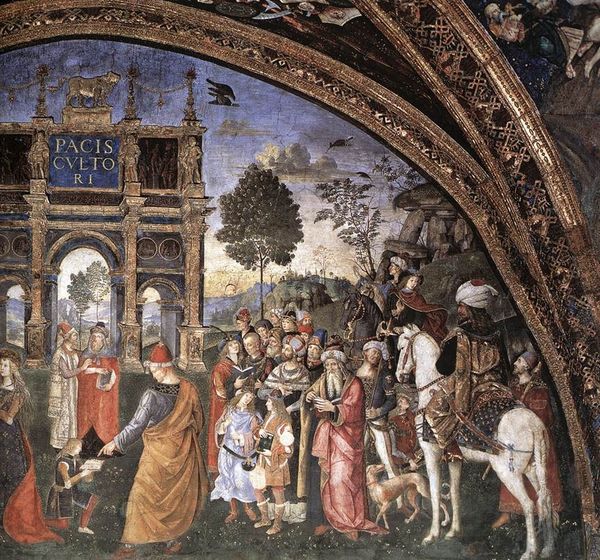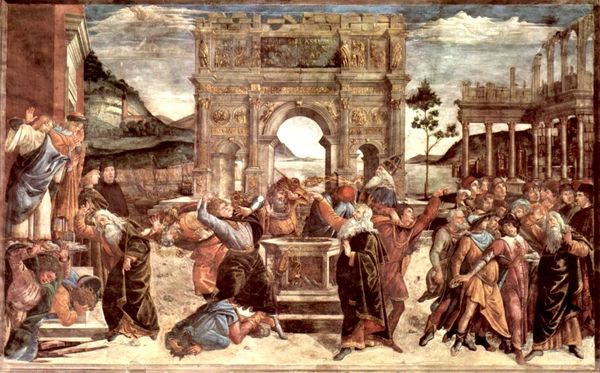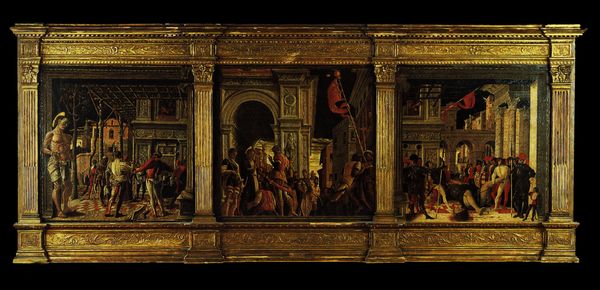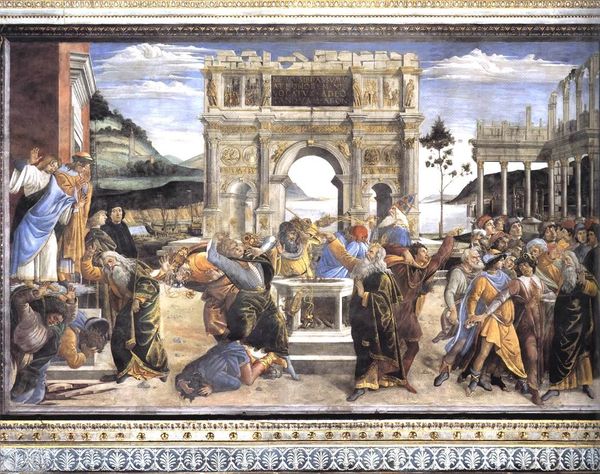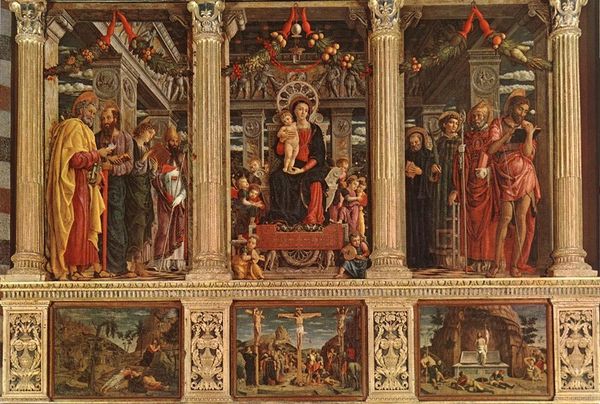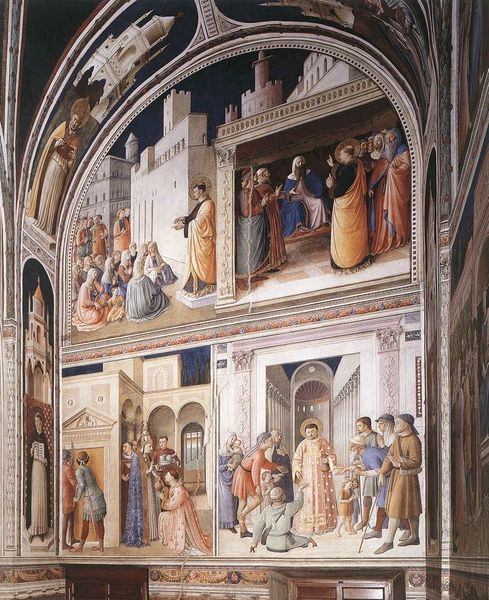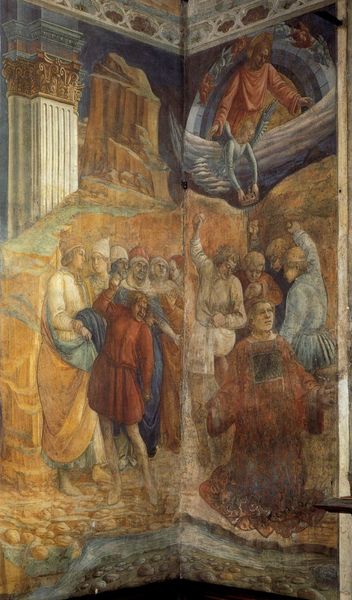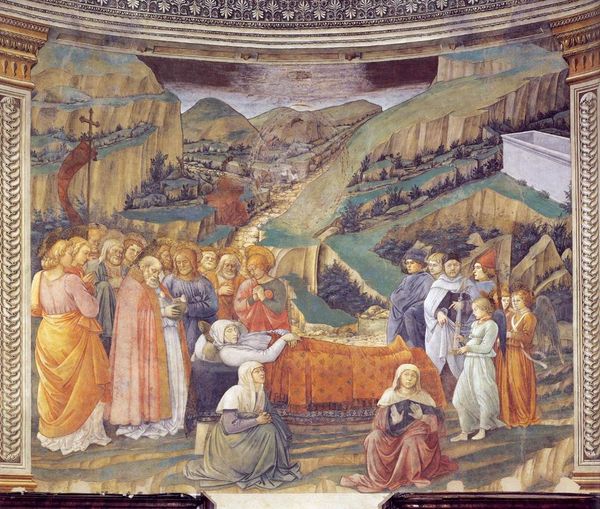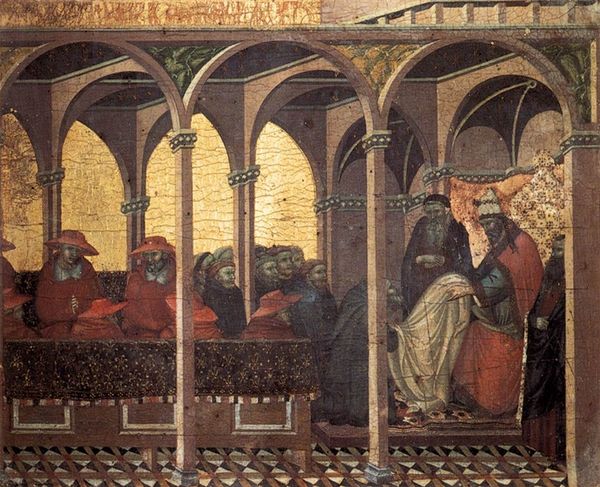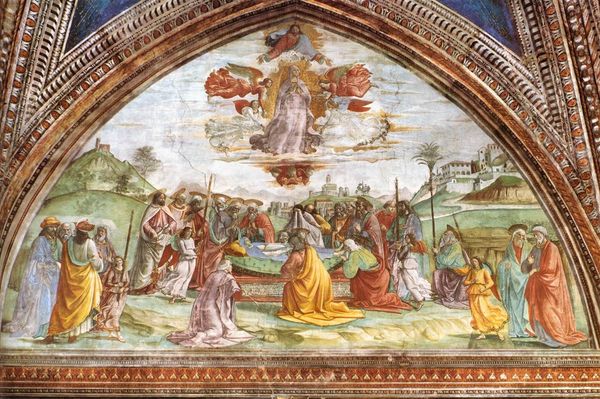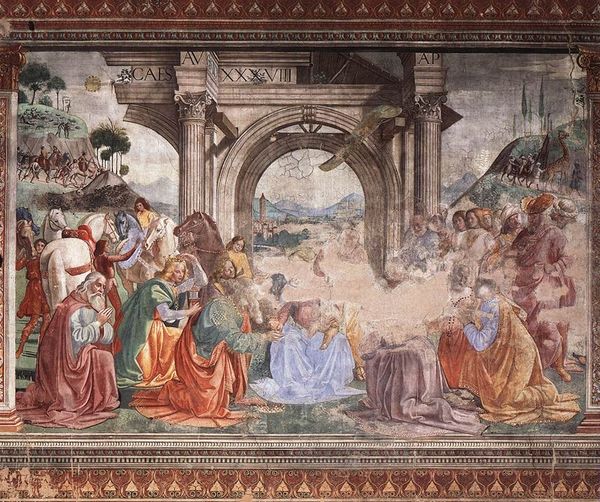Scene from the Life of Moses (Scenes on the left) 1482
🔒Audio guide available with collection purchase
painting, fresco, architecture
#
portrait
#
narrative-art
#
painting
#
sculpture
#
holy-places
#
figuration
#
historic architecture
#
fresco
#
child
#
christianity
#
history-painting
#
italian-renaissance
#
architecture
#
statue
Copyright: Public domain
Comments
No comments
Be the first to comment and join the conversation on the ultimate creative platform.

